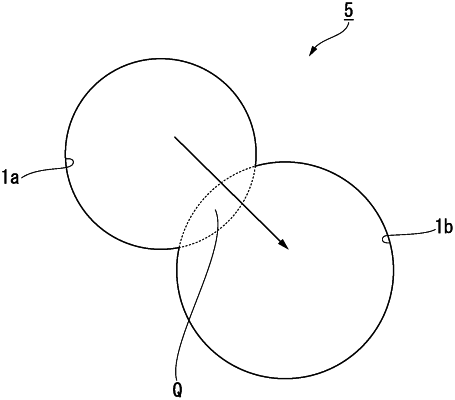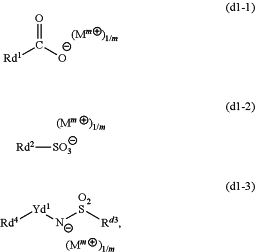| CPC B01D 71/641 (2022.08) [B01D 67/003 (2013.01); B01D 69/12 (2013.01); C07C 381/12 (2013.01); G03F 7/0045 (2013.01); G03F 7/0382 (2013.01); G03F 7/2004 (2013.01); B01D 2325/021 (2013.01)] | 13 Claims |

|
1. A production method for a resist composition purified product, comprising:
(i) filtering a resist composition with a filter having a porous structure in which adjacent spherical cells are connected to each other,
wherein the filter has a porous membrane containing at least one resin selected from the group consisting of polyimide and polyamide imide,
wherein the resist composition contains a base material component (A) that exhibits changed solubility in a developing solution under action of acid, an onium salt, and an organic solvent component(S), where a content of the organic solvent component(S) is 97% by mass or more, and
wherein the onium salt contains a compound represented by General Formula (d1-1), (d1-2) or (d1-3):
 wherein Rd1 to Rd4 represent cyclic groups which may have a substituent, chain-like alkyl groups which may have a substituent, or chain-like alkenyl groups which may have a substituent, the carbon atom adjacent to the S atom as Rd2 in General Formula (d1-2) has no fluorine atom bonded thereto; Yd1 represents a single bond or a divalent linking group; m represents an integer of 1 or more, and each Mm+ independently represents an m-valent organic cation.
|